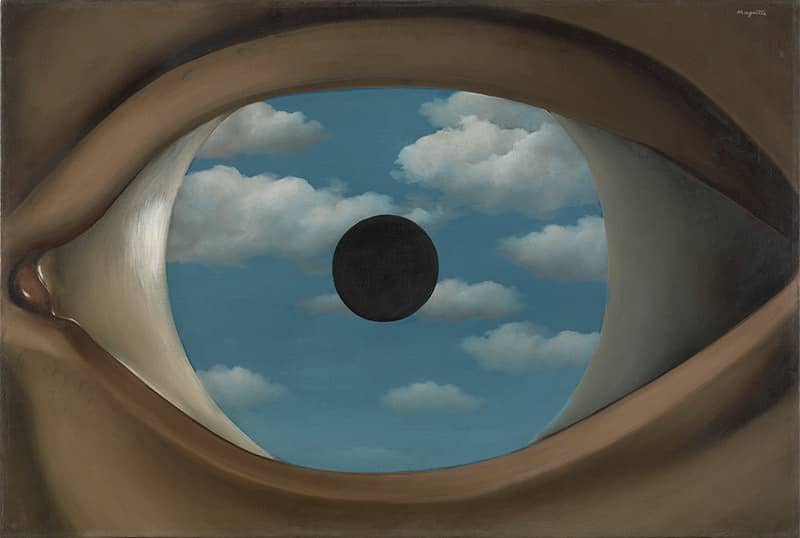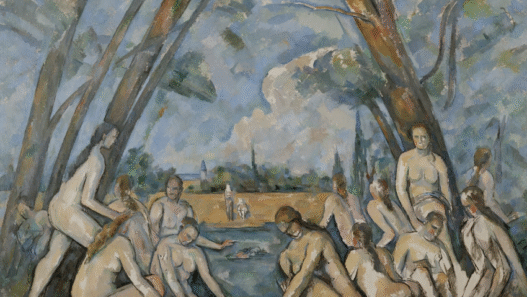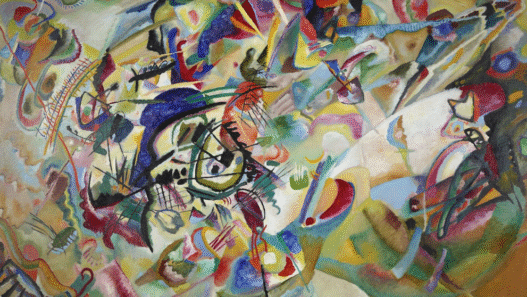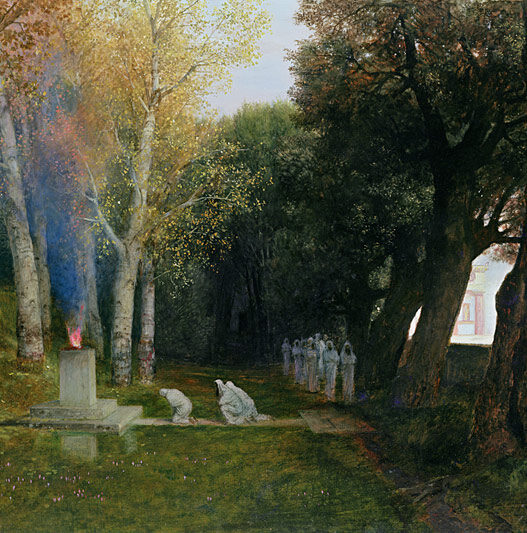"A wonderful serenity has taken possession of my entire soul"
Is this artist the godfather of symbolism in art?
Symbolism, initially emerging as a literary movement in France during the 1880s, was pioneered by poets such as Charles Baudelaire, Stéphane Mallarmé, and Paul Verlaine.
The movement was characterised by its emphasis on expressing individual emotional experiences through subtle and suggestive language, often utilising symbols to convey deeper meanings.
As the movement evolved, it extended beyond literature into the realm of visual arts.
Artists sought to explore the subconscious, the mystical, and the metaphysical through their work, aiming to evoke a sense of mystery and spirituality.
This approach stood in contrast to the prevailing Realism and Impressionism movements of the time, which focused on depicting the external world with accuracy and detail.
Among the artists who embraced Symbolism, Gustave Moreau is often regarded as one of the pioneers, but does he trump the artist we are about discuss?
The Symbolic Demons of Jean Delville
In the late 19th century, a transformative movement emerged in response to the dominant Realism and Impressionism movements of the time.
Symbolism, as it came to be known, sought to explore the hidden realms of the subconscious, the mystical, and the metaphysical through art. Instead of depicting the external world with precision, Symbolist artists aimed to convey deeper emotions and abstract ideas through the use of rich, layered symbols, evoking an atmosphere of mystery and spirituality.

Among those who embraced this vision was Jean Delville, a master of allegorical and esoteric imagery. His works, often described as Symbolic Demons, captured the inner battles of the human soul, blending mythological, religious, and occult themes into grand, visionary compositions. Delville’s contributions helped define the darker, more philosophical side of Symbolism, where art served not just as expression, but as a gateway to the unseen worlds within.
Literature
Although no single poem can be said to have influenced Jean Delville above all others, the spirit of Charles Baudelaire’s poetry and the myth of Orpheus deeply shaped his artistic vision.
Delville drew directly from Baudelaire’s work in pieces such as Frontispiece, L’épave (now lost), and La Terre, translating poetic imagery into striking visual symbolism.
Alongside this literary influence, the enduring myth of Orpheus—with its potent themes of love, loss, and descent into the underworld—offered Delville a powerful narrative framework.
His painting Orphée aux Enfers (Orpheus in the Underworld) stands as a vivid testament to this mythological resonance within his art.
When exploring the true origins of symbolism, one cannot overlook the profound impact of the Belgian artist Jean Delville (1867-1953). Although many also consider household names like Odilon Redon or Gustave Moreau to hold the title of godfather of symbolism.
Delville’s Influence: Born in Belgium, Delville studied at the Académie Royale des Beaux-Arts in Brussels and quickly rose to prominence. He was not only a painter but also a poet, philosopher, and author, blending his diverse interests and knowledge to create a unique artistic vision. Delville’s works explored themes such as spirituality, theosophy, and the occult, making him a key exponent of symbolist ideas.
Symbolism in Delville’s Art: Delville’s paintings were characterised by their meticulous attention to detail, rich symbolism, and a deep sense of spiritual exploration. His works often depicted ethereal, otherworldly beings, mythical and biblical narratives, and symbolic landscapes.
Delville believed that art had the power to elevate the viewer’s consciousness and bridge the gap between the physical and spiritual realms.
Legacy and Impact: While Delville’s influence on symbolism may not have been as widely acknowledged as some of his contemporaries like Gustav Klimt or Odilon Redon, his contributions were significant. Delville’s writings on art theory, spirituality, and theosophy provided a foundation for the symbolism movement.

His work as a teacher and mentor also influenced future generations of artists, ensuring the continuation of symbolist ideas. Symbolism Beyond Delville: It is important to note that symbolism in art was not solely the result of one individual’s contributions.
The movement was a collective endeavor, with artists from different countries and backgrounds embracing and developing the symbolism aesthetic. Figures like Pierre Puvis de Chavannes, Fernand Khnopff, and Gustave Moreau were among the prominent symbolist artists who further enriched the movement.
Jean Delville emerges as a significant figure in the development of symbolism. While the term “godfather of symbolism” may imply a single individual, it is essential to recognise the collective efforts and contributions of artists who shaped this movement.
Symbolism, with its ethereal beauty and exploration of the human psyche, continues to captivate audiences and serves as a testament to the enduring power of art to convey the profound and the intangible.






















